This year’s DSEI event in London will see the launch of a new naval design from engineering and risk management consultancy, BMT Group Ltd.
The new concept will take centre stage on BMT’s stand which will showcase the company’s extensive range of designs within the defence and security sectors.
BMT’s platform designs have enjoyed a number of successes this year, most notably seeing the HMS Queen Elizabeth carrier head out of the Firth of Forth and undergo her maiden sea trials, as well as welcoming RFA Tidespring, the first MARS tanker to the UK.
BMT’s VENATOR-110 which the company say combines lean, manned and adaptable capability with the affordable procurement cost and dimensions of a Light Frigate will also feature on the stand.
According to a release received this morning:
“Designed to meet the breadth of different needs and budgets of navies and coastguards worldwide, VENATOR-110 balances capability, survivability and cost following a significant design effort in conjunction with equipment and system suppliers.
BMT’s stand will also showcase the highly capable CAIMEN®-90 Fast tri-bow landing craft, a concept currently receiving considerable attention in markets such as Japan and the US, and its submarine design capabilities.
Drawing on years of engineering consultancy experience, BMT can also provide Asset Management solutions spanning the whole procurement lifecycle. Experts from across BMT will be on hand at DSEI to discuss how to reduce risk and improve the through life performance of assets.”
In addition to this, subject matter experts will be available to present recent developments in BMT’s cyber threat analytics and big data architecture capabilities.
The BMT Reality Studios team will also be demonstrating the latest in innovative software solutions, immersive training applications and insightful big data analytics across a range of markets. The stand will have an immersive virtual reality demonstration for visitors to try; a ‘show must try!’
Jeremy Berwick, Managing Director of Defence at BMT comments:
“DSEI provides us with a superb platform for us to present our world class engineering, design, asset management and complex programme credentials to the international defence and security market.
This year will be our 7th show and without doubt, our most impressive yet – we are particularly excited by the opportunity to showcase the investments we have made in new technologies and innovative designs that deliver affordable and enduring through life solutions to our customers.
We look forward to welcoming our customers, partners and suppliers from around the world during what will be a fabulous week.”


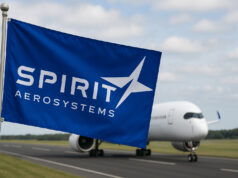

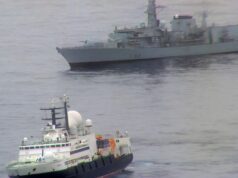
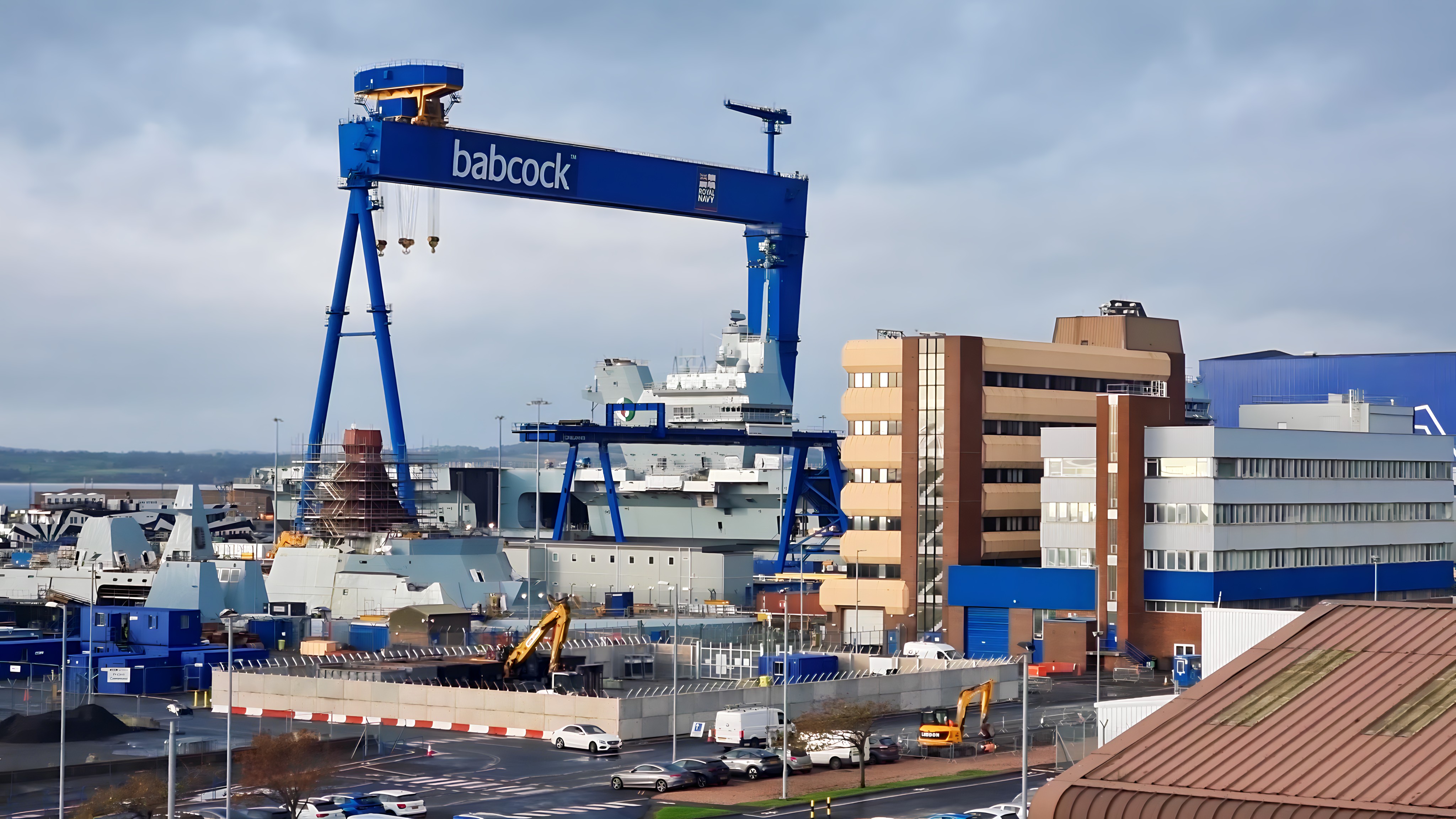
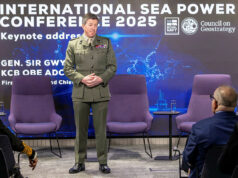
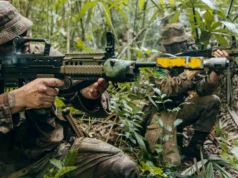

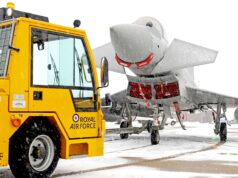
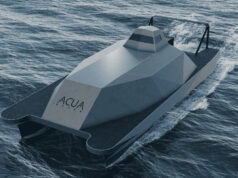


I hope that the T31 design is either Spartan or Venator and that these come in at the £250-£400m mark.
Its good to see BMT finally seeing its designs come to life – its taken a lot of effort to get to this point for them.
Need to direct the credit where it is due:
Tidespring was based on a successful Norwegian tanker design. BMT designed the modifications to make it suitable for naval use.
Queen Elizabeth’s concept design was done by a Thales lead team with most of the naval architecture expertise from BMT. The detailed design that was actually built had most of the work done by Bae.
Venator is not much more than a brochure & collection of CGI. A detailed design would have to be created before they could be built. Spartan is even more virtual. Just a collection of slides.
Not knocking BMT. They have some good guys working for them and they’d be the first to deny taking all the credit for designs where they were just one of many.
Babcock state they did 50% of the detailed design for the Queen Elizabeth class. Were not Bath involved too at some stage?
Who needs a new design? Plans for Type 23 must still exist – just a bit of tinkering required, say 3x Mk41 VLS added forward, 5 inch gun, MT30 instead of Speys and away you go! Would probably be pretty close to the ship that the Type 26 should have been! Probably be a bit more expensive than the original, but lots of dosh saved on design work.
By the time the Type 23 design had been extensively modified to incorporate modern systems and automation for the much smaller crew called for, it would be little cheaper(if any) than a clean sheet design.
A modified T23 design would still be too large, as they seem intent on 4000 tons Max for some reason.
Meant to add, I personally think a general purpose modern T23 “type” design of approx 5000 tons would fit the T31 bill very well however, but it would unfortunately be just too expensive…
Surely the type 26 can be cut down in size (Chinook helo deck!!) and lessons learned from various hull form tests through the years applied to quickly through CAD to come up with a design that we know will work.
A 120m Type 26 hull form is what the T31 should be and I am guessing that it is the quickest and cheapest solution that is not off the shelf, but could be wildly wrong of course.
Hardly worth speculating any further unless a real naval architect is here to comment. I suspect ship design is a lot more complicated that most non-experts realise. My non-expert hunch is that taking a T26 down to 120m would be a significant design task as stresses on structural elements remaining changes, equipment needs to be shifted around to adjust centre of gravity and other more detailed weight and height distribution characteristics with corresponding rerouting of pipes and wires, holes ending up in different places in bulkheads, stability calculations needing to be re-done, etc, etc, etc.
If the UK is still intent on claiming that T31 has the export market squarely in its sights then I don’t see them ever buying a foreign off-the-shelf design such as Meko A200 (e.g. South African Valour class) and I think that all we’re left with is hoping that they do something more interesting than going with one of BAE’s stretched River designs.
From the spec sheets Venator 110 (V110) looks as if it could be comparable and probably superior to Valour class if one compares what South Africa fitted vs what BMT claim could be fitted on V110 and what the U,.K. might fit once cost constraints are considered.
Length – 107.3m Valour vs 117m for V110
Displacement – 3700t Valour vs 4000t for V110
Speed – 28knts for Valour vs > 25knts for V110
Range – 8000nm @ 16knts for Valour vs 6000nm @ 15knts for V110
Endurance – 28 days for Valour vs unknown for V110
Complement – 152 for Valour vs 95 for V110 (both inc aircrew). V110 up to 124 berths.
Aircraft – 2 x AW109 or 1 x Merlin-sized vs 1 x Wildcat or 1 x Merlin for V110.
Gun – 76mm fitted on Valour. Up to 127mm on V110 but maybe 76mm or smaller for RN.
SAM – Up to 32 VLS (only 16 fitted) for Valour vs up to 48 for V110 if no Mk41
SAM type – Valour has Umkhonto-IR Bk2 (Mach2-8km) vs Sea Ceptor (Mach3-25km) for V110 with maybe CAMM-ER as an option in future depending on VLS length fitted.
SSM – 8 x Exocet for Valour vs 8 x box-launched for V110 (NSM?)
CIWS (smaller guns) & non-electronic decoys – Hard to compare but 1 x 35mm gun + 2 x 20mm cannon + 2 x 12.7mm remote mounts + 2 x chaff (96 decoys) for Valour vs unknown for V110. For V110 BMT talk about “adaptive weapons stations” so it would depend on how many are on the design (8 by the look of the Saab joint proposal to Columbia) and what the RN can (weight considerations) and would (cost considerations) put on them.
Sonar – HMS on both. V110 mentions space for TOS. Not sure about Valour. Also no noise comparisons for hulls.
Radar – No meaningful comparison because this is probably totally cost constrained before any space/weight issues are met so it depends on how much the RN is willing to pay rather than the design.
Flexible mission space/bay – As far as I can see no provision on Valour vs separate internal mission bay for extra RIB, UAV, USV etc and dedicated topside space between funnel & mast for 1 x 20′ ISO container (and maybe more) for V110
Dedicated RAS station – Unknown on Valour vs yes on V110
So all-in-all, and at least on paper and assuming the Venator 110 lived up to BMT claims (admittedly big assumptions), V110 seems superior in armaments, better or comparable in CIWS/decoy stations, extra flexibility due to mission spaces and probably more spare berthing capacity. V110 does lose in the helicopter stakes but would the RN ever need to house more than 1 given that T45 & T26 can/will both be able to carry 2? Range and speed look slightly worse for V110 but > 25knts could be anything and the range figures are at 16kns for V110 vs 15knts for Valour, plus for V110 it is all simulation & guesswork at this stage so not sure what the real differences would end up at if V110 ever gets built.
For me the best outcome here, if T31 goes ahead and HMG doesn’t u-turn and go back to all T26, would be for BMT to get a crack at making its design a reality.
BMT have just updated their website with a very cryptic picture of a mine in water and with the words “The Hunt Begins 4.9.17”
I wonder if they will be announcing designs before DSEI…